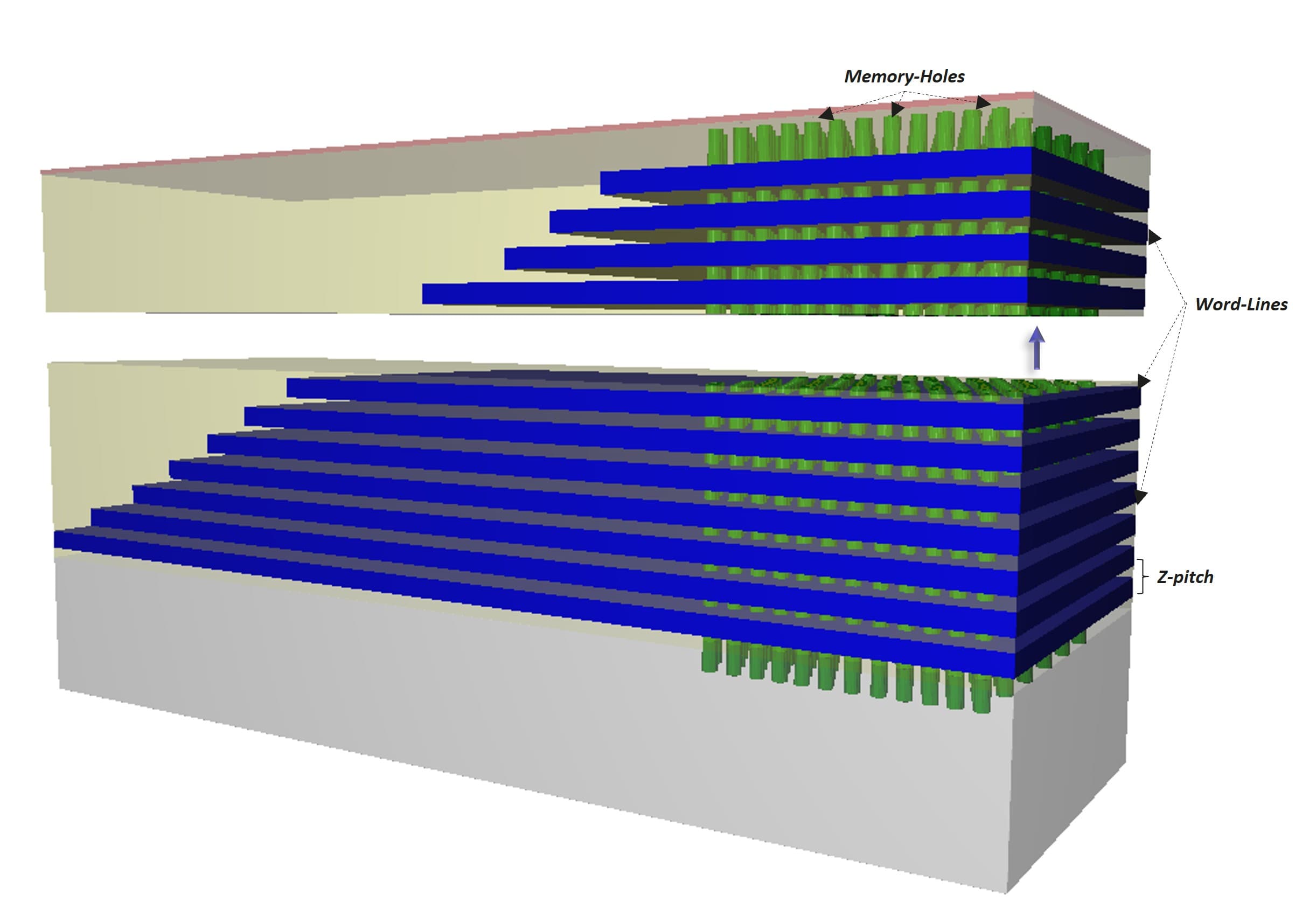Delivering a superior multiscreen TV experience at people’s homes
The way people watch television is changing continuously. Think of concepts such as time-shifting (watching TV programs whenever you want, not constrained by any fixed broadcasting schedules) and place-shifting (watching TV on any device, anywhere in the home – not restricted to a fixed TV set).
As traditional IPTV systems have primarily been designed to deliver high-quality video for synchronous viewing on high-resolution, big-screen TVs, they are being complemented by HTTP-based delivery mechanisms that can deliver video to a variety of terminals at different quality levels.
However, these HTTP-based delivery mechanisms typically work in a best-effort mode, with occasional freezes, buffering and quality degradations. While these mechanisms might be very interesting for over-the-top (OTT) content providers, they can pose a problem for IPTV service providers since they do not deliver the quality traditional IPTV customers are used to. Moreover, they do not allow IPTV service providers to differentiate themselves from their OTT competitors.
In the context of SHIFT-TV, the project consortium wanted to investigate how telecom operators can better differentiate from OTT competitors, leveraging their existing network to deliver a superior multiscreen TV experience at people’s homes. Hence, SHIFT-TV aimed at researching a next-generation IPTV system, natively addressing the fundamental end-user requirements of time- and place-shifting, elimination of the set-top box, and offering a superior experience compared to OTT delivery mechanisms. Main tracks for investigation included a new architectural model, novel delivery protocols, and in-home Wi-Fi optimization.
Project outcomes
- A new architecture that allows IPTV operators to stream high-quality video content to a variety of screens in people’s homes
- ADP: a new TCP variant that improves video streaming – even when using standard HTTP clients
- New algorithms to flexibly determine which path a video stream should follow in the home network – to get video delivered to the right device with an optimal quality of experience
Download leaflet
SHIFT-TV
Delivering a superior multiscreen TV experience at people’s homes.
SHIFT-TV is an imec.icon research project funded by imec, IWT and Innoviris.
It ran from 31.12.2014 until 31.12.2016.
Project informatie
Industrie
- OpenTelly
- Proximus
- Nokia Bell Labs
- Technicolor
Onderzoek
- imec - MICT - UGent
- imec - IDLab
- imec.livinglabs
Contact
- Project Lead: Werner Van Leenkwijck
- Research Lead: Filip De Turck
- Innovation Manager: Els Van Bruystegem











